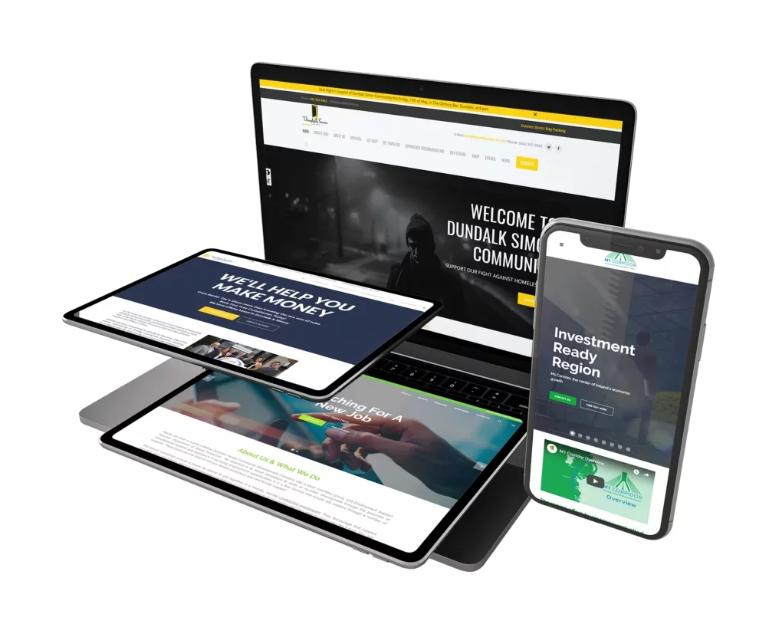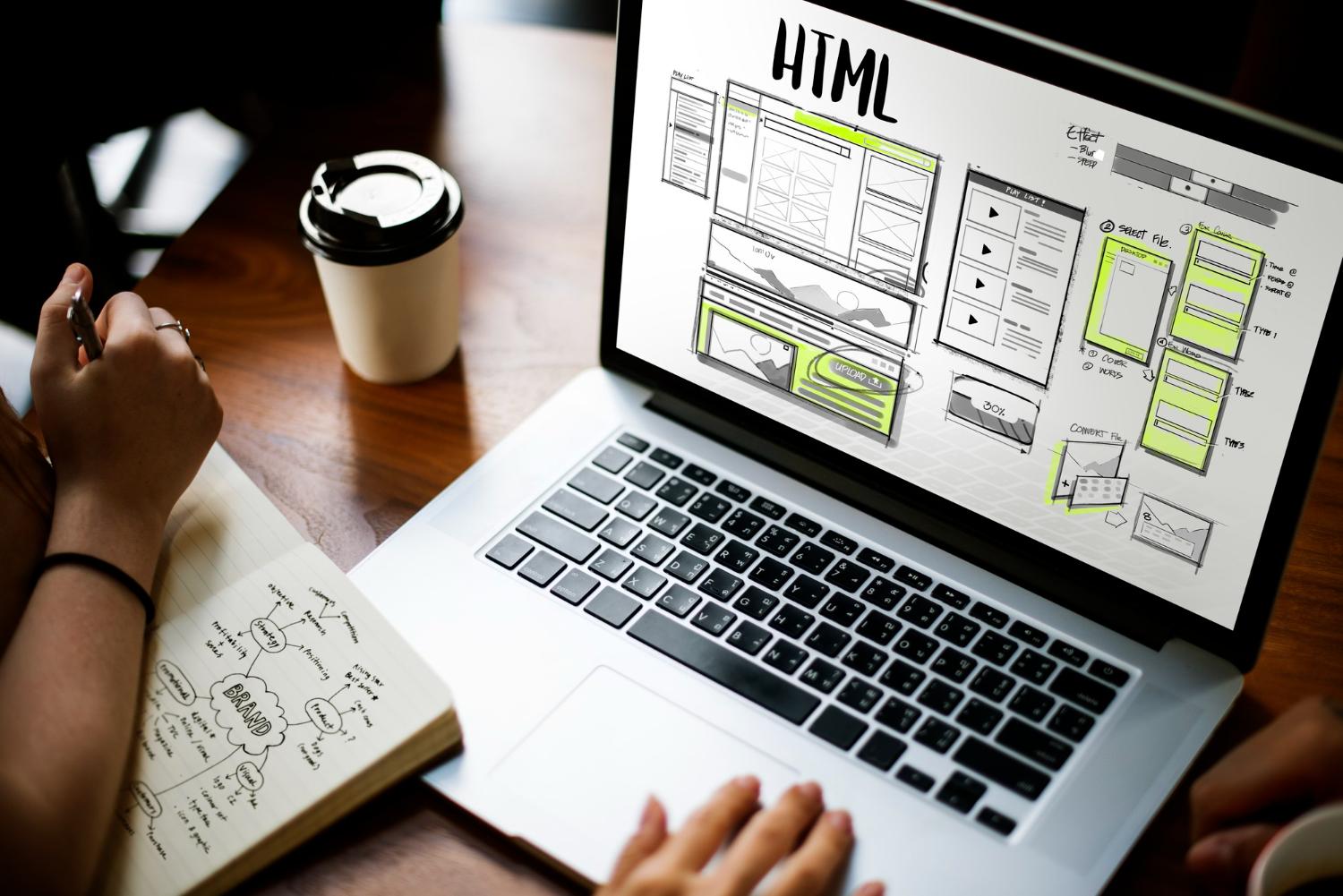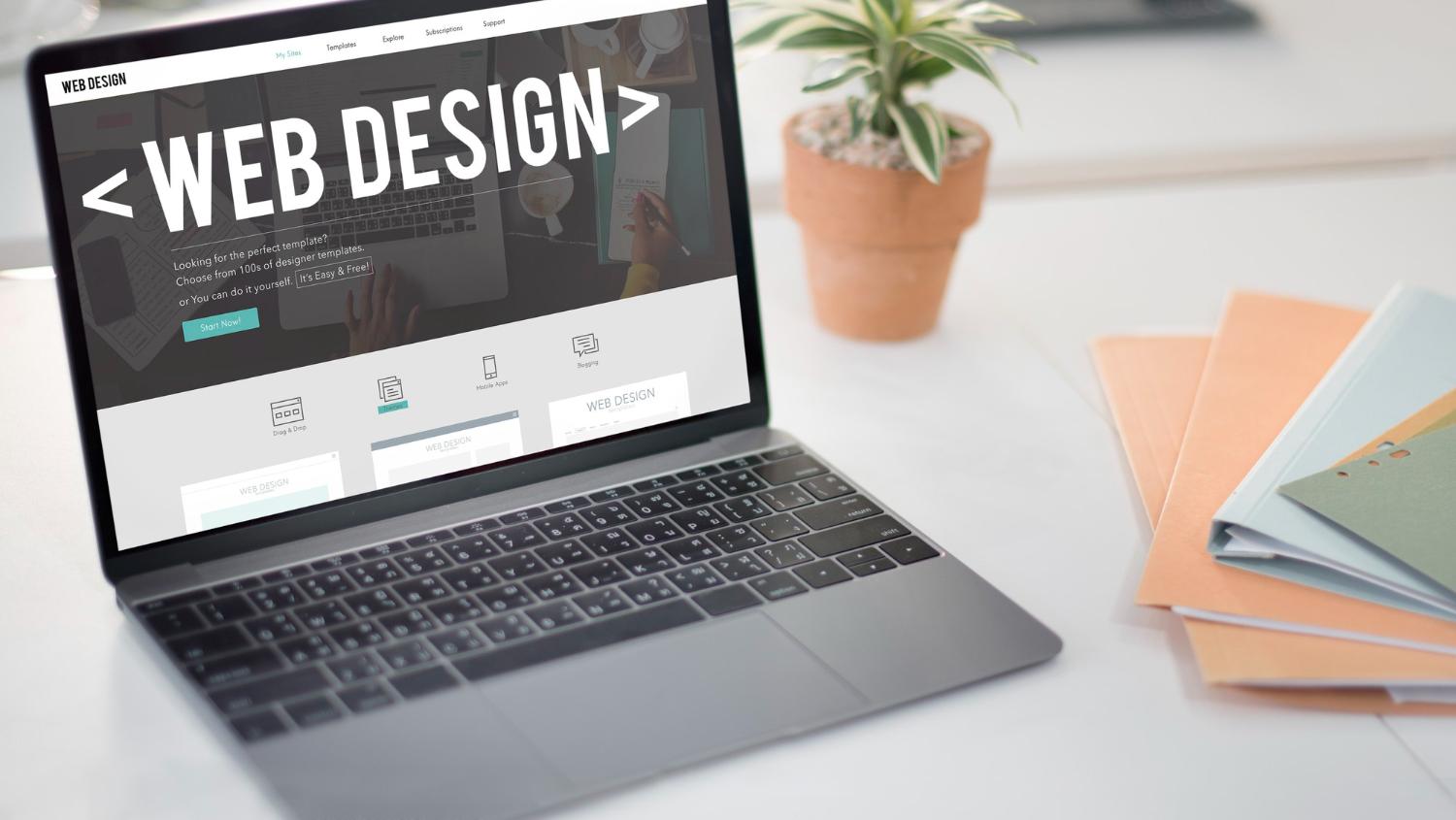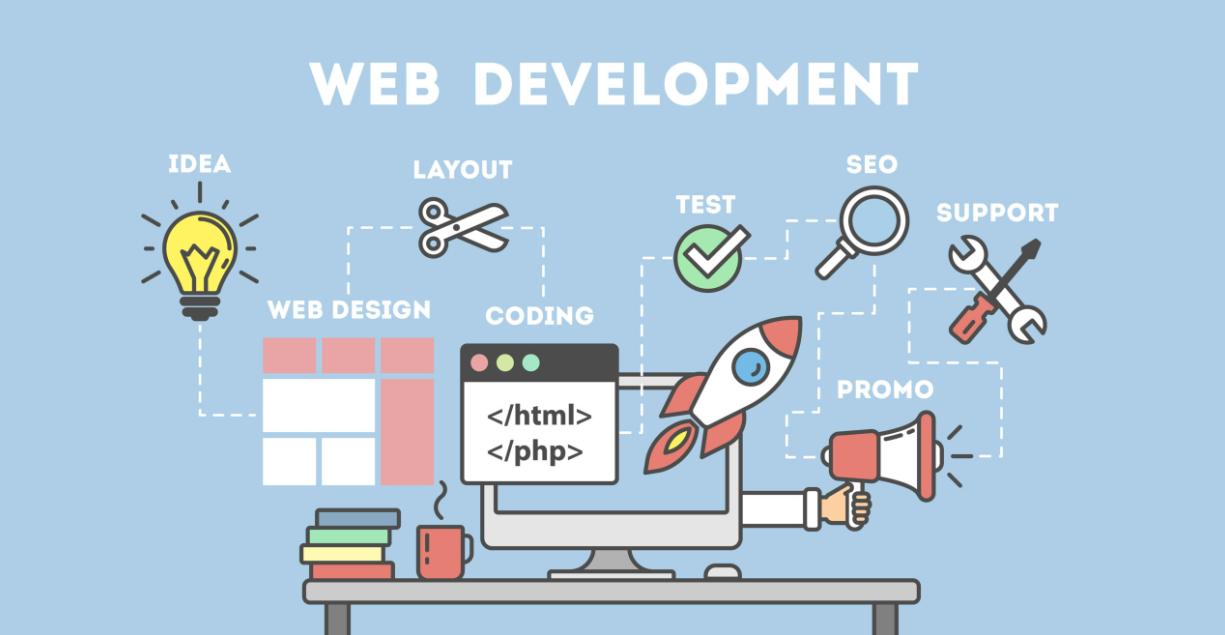Outsourcing website design can be a smart move for businesses looking to save time, reduce costs, and get a high-quality website without hiring an in-house team. However, simply choosing to outsource website design isn’t enough—you need to track key performance indicators (KPIs) to ensure your investment delivers the results you expect.
Here are the crucial KPIs to monitor when working with an external design team.
1. Website Load Time
A slow website is a dealbreaker. If your site takes more than a few seconds to load, visitors will leave before they even see your content. Use tools like Google PageSpeed Insights to measure load time and ensure your outsourced design team optimises images, coding, and server response times for peak performance.
2. Mobile Responsiveness
More than half of all web traffic comes from mobile devices, so your website must be mobile-friendly. Check KPIs such as mobile load speed, ease of navigation, and how well the site adapts to different screen sizes. Google’s Mobile-Friendly Test can help you measure this.
3. User Experience (UX) Metrics
Good design isn’t just about looks—it’s about usability. Metrics like bounce rate, average session duration, and pages per session indicate whether visitors are engaging with your site or leaving quickly. If users are dropping off too soon, the design might need adjustments.
4. Conversion Rate
Your website should do more than just exist—it should drive action. Whether it’s sales, sign-ups, or inquiries, track conversion rates to see how well your site is performing. A well-designed website should have clear calls to action, intuitive navigation, and an optimised user journey to maximise conversions.

5. SEO Performance
A beautifully designed website is useless if no one finds it. SEO metrics such as organic traffic, keyword rankings, and backlink quality show how well your site is performing in search engines. Ensure your outsourced team follows SEO best practices, including clean code, fast loading times, and proper meta tags.
6. Design Consistency and Branding
A successful website should align with your brand identity. This means consistent colour schemes, fonts, and messaging. A lack of visual harmony can confuse visitors and weaken brand recognition. Periodically review your site to ensure branding is cohesive.
7. Technical Performance and Security
Websites require regular maintenance to stay secure and functional. Monitor uptime, security updates, and broken links to ensure your site remains stable and protected. An experienced provider should include ongoing support as part of their service.
Tracking these KPIs ensures that when you outsource website design, you’re getting a site that isn’t just visually appealing but also functional, user-friendly, and optimised for conversions. By keeping an eye on these metrics, you can make informed decisions and ensure your outsourced web design meets your business goals.








